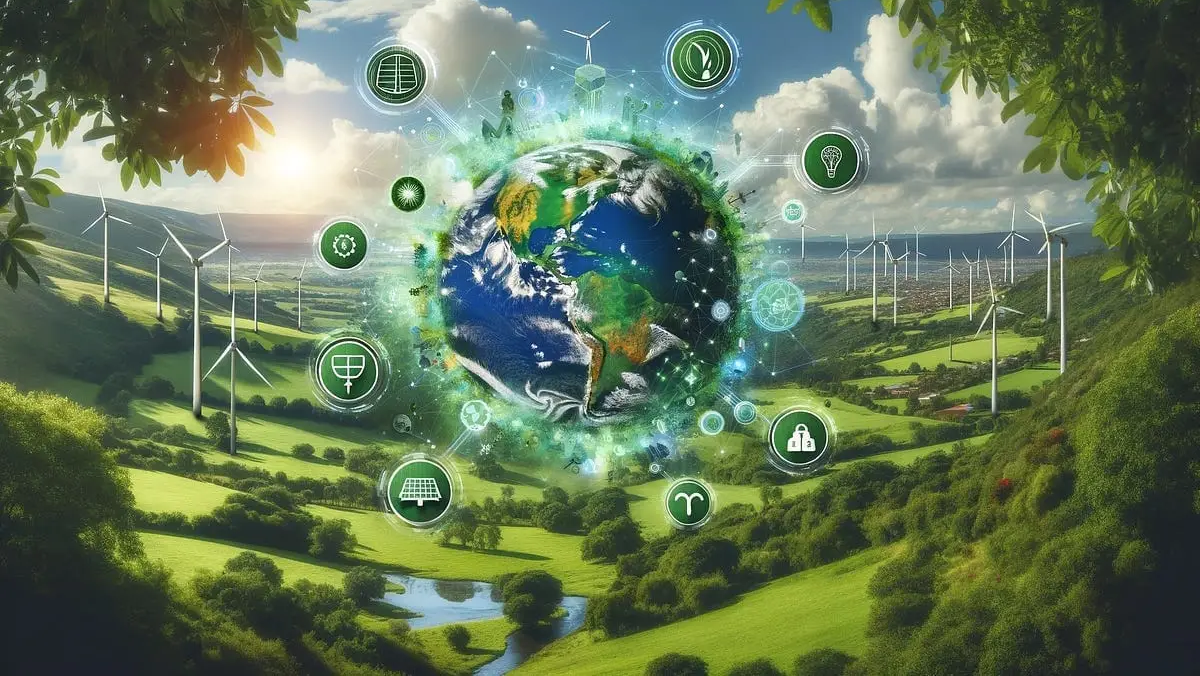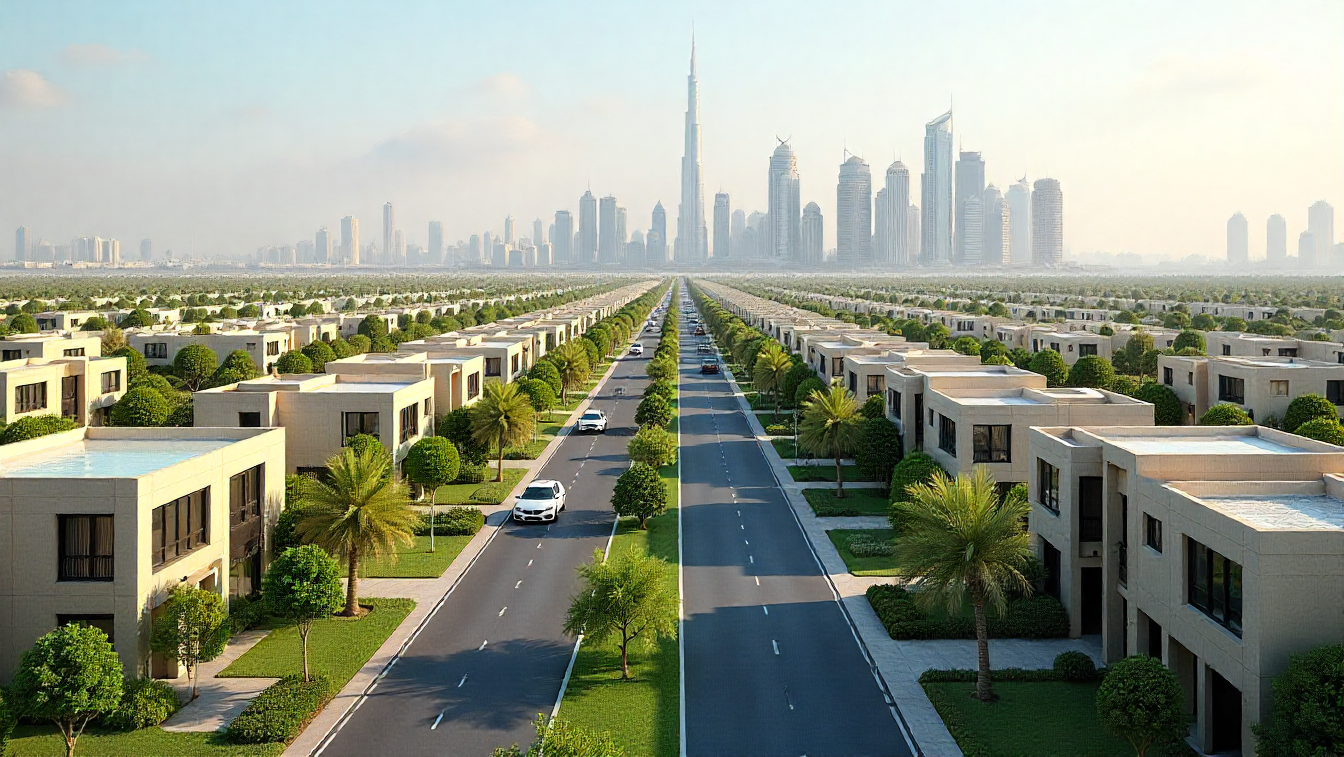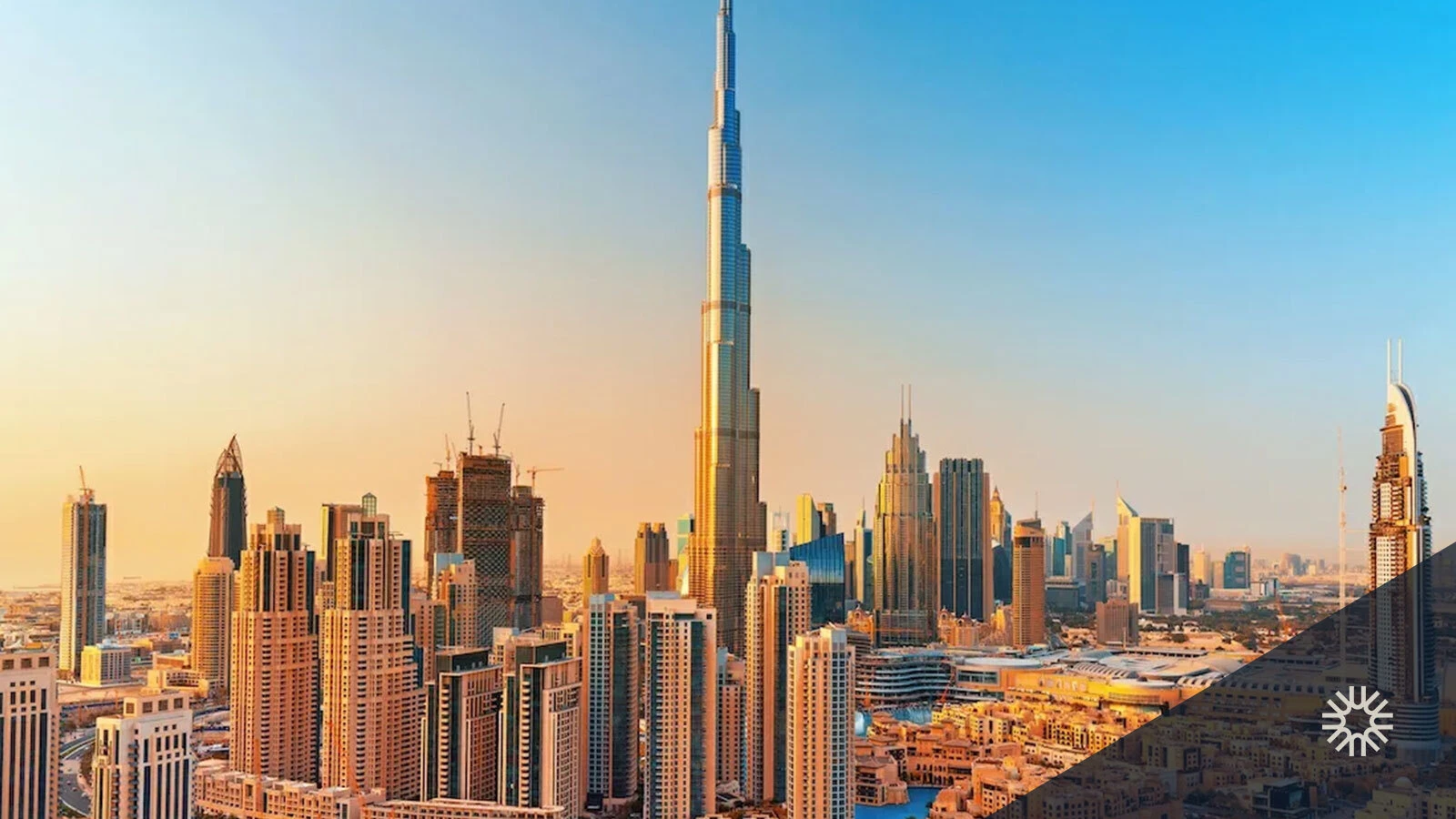Now Reading: Sustainable Infrastructure: 7 Powerful Ways Green Cities Shape Our Future 2025
-
01
Sustainable Infrastructure: 7 Powerful Ways Green Cities Shape Our Future 2025
Sustainable Infrastructure: 7 Powerful Ways Green Cities Shape Our Future 2025

Table of Contents
Sustainable infrastructure has become one of the most important conversations in global development today. As countries face rapid urbanization, rising populations, and the urgent need to fight climate change, the way we build our roads, bridges, buildings, and energy systems is changing. The focus is no longer only on speed and cost but also on sustainability, resilience, and long-term impact.
In simple terms, sustainable infrastructure means designing and constructing projects that use fewer natural resources, reduce pollution, adapt to climate risks, and support inclusive growth. It is about balancing human development with environmental responsibility. From renewable energy plants to green buildings and smart transportation systems, sustainable infrastructure is reshaping how cities grow and how communities live.
The Need for Sustainable Infrastructure
The global population is expected to cross 9 billion by 2050. This growth will bring enormous demand for housing, energy, water, and transport. If traditional, resource-heavy methods of construction continue, the environmental cost will be devastating.
According to the United Nations, infrastructure accounts for more than 60% of global greenhouse gas emissions. This includes emissions from energy, transport, buildings, and waste management systems. Without change, cities will face polluted air, water scarcity, traffic congestion, and increased vulnerability to climate disasters.
This is where sustainable infrastructure becomes vital. By shifting to green construction, renewable energy, and efficient resource use, governments and businesses can reduce emissions, improve quality of life, and create a foundation for long-term growth.
Key Features of Sustainable Infrastructure

- Energy Efficiency
Sustainable infrastructure relies heavily on renewable energy sources such as solar, wind, and hydropower. For instance, solar-powered streetlights and energy-efficient buildings are now common in many smart cities. - Green Buildings
Modern construction is adopting eco-friendly materials, better insulation, and smart technologies that reduce energy and water usage. Certifications like LEED (Leadership in Energy and Environmental Design) are becoming global benchmarks. - Smart Transportation
Electric vehicles, metro systems, and cycle lanes are part of sustainable transport solutions. These reduce dependency on fossil fuels while making urban mobility cleaner and more efficient. - Water and Waste Management
Sustainable infrastructure projects include systems to recycle wastewater, harvest rainwater, and manage solid waste efficiently. This not only saves resources but also keeps cities cleaner. - Resilience Against Climate Change
Modern infrastructure is being designed to withstand floods, heatwaves, and storms. This ensures communities remain safe and functional even during natural disasters.
Global Examples Leading the Way
Around the world, several countries are setting strong examples in sustainable infrastructure:
- Singapore: Known as a “garden city,” Singapore has built vertical gardens, rainwater harvesting systems, and energy-efficient public housing. Its Marina Barrage is both a water reservoir and a flood control system.
- United Arab Emirates: Masdar City in Abu Dhabi is one of the world’s most sustainable urban developments, designed with solar energy, green buildings, and zero-carbon targets.
- Denmark: Copenhagen aims to become the first carbon-neutral capital by 2025. The city has invested in wind energy, cycling infrastructure, and energy-efficient district heating.
- India: With its Smart Cities Mission, India is introducing solar power, electric buses, and sustainable housing projects to reduce urban pollution and improve living standards.
Economic and Social Benefits
Many critics once believed sustainable infrastructure was too expensive. But recent studies show the opposite: it can be cost-saving in the long term. For example, energy-efficient buildings lower utility bills, while smart transportation reduces fuel costs and time lost in traffic.
On a larger scale, sustainable projects create new job opportunities in renewable energy, technology, and construction. They also attract international investment, as global investors now prioritize green projects in line with ESG (Environmental, Social, Governance) standards.
Socially, sustainable infrastructure promotes healthier living. Cleaner air, green spaces, and efficient public transport directly improve the quality of life for citizens. This makes cities more attractive not just for residents, but also for businesses and tourists.
Challenges in Implementation

Despite its benefits, sustainable infrastructure faces several challenges:
- High Initial Investment: Although long-term savings are significant, upfront costs can discourage governments and developers.
- Policy and Regulation: Many countries still lack clear rules or incentives for sustainable development.
- Technology Gaps: Not all regions have access to advanced green technologies.
- Public Awareness: Citizens and businesses sometimes resist changes such as shifting to public transport or paying more for eco-friendly housing.
However, with growing climate risks and increasing international pressure, these barriers are being addressed through partnerships, financing models, and awareness campaigns.
The Road Ahead
The future of sustainable infrastructure looks promising. Governments are setting ambitious targets to achieve net-zero emissions. For example, the European Union aims to become climate-neutral by 2050, while the United States is heavily investing in clean energy infrastructure under its new policies.
Private companies are also playing a huge role. From tech giants developing smart city solutions to real estate developers adopting green standards, the momentum is strong. The integration of artificial intelligence, data analytics, and automation will make infrastructure even more efficient and responsive to future challenges.
For developing countries, the challenge is bigger but also an opportunity. By skipping old, polluting methods and directly investing in sustainable solutions, they can build cities that are modern, competitive, and environmentally responsible.
Conclusion
Sustainable infrastructure is not just a trend; it is the foundation of future growth. It connects economic progress with environmental care and social well-being. Cities that adopt green strategies today will be the ones thriving tomorrow.
As the world faces climate change, resource scarcity, and urban expansion, sustainable infrastructure is the only way forward. It ensures that growth does not come at the cost of the planet but instead creates a balanced future for generations to come.
The road ahead may be challenging, but the benefits are undeniable. By investing in sustainable infrastructure today, we are not just building cities we are building hope, resilience, and a better tomorrow.
READ MORE:- Inside the World of Business Acquisitions: Secrets of Corporate Growth 2025



















